The long awaited guidance of the Employee Retention Credit has finally been released. Wegmann Dazet’s Frank Holzenthal, CPA summarizes the new ERC guidance issued by the IRS.
The first section of the new ERC guidance issued gives guidance on provisions related to the ERC for the 3rd and 4th quarters of 2021, and the second gives guidance on several miscellaneous but very important questions and issues applicable to both 2020 and 2021, which is already the talk of the town. Shortly thereafter, the IRS released an Employee Retention Credit gross receipts Safe Harbor. Below is a summary of some of this guidance.
GUIDANCE ON PROVISIONS RELATED TO THE THIRD AND FOURTH QUARTERS OF 2021
1) APPLICABLE EMPLOYMENT TAXES OFFSET BY THE ERC
Taxes that will be offset by the ERC switch from the employer share of FICA to the Medicare taxes imposed on the employer. This is only a change in the mechanics of reporting the ERC on form 941 (and 941-X).
2) RECOVERY STARTUP BUSINESSES
This is a third category of eligible employers that was added and is defined as an employer that 1)began carrying on a trade or business after February 15, 2020, 2) had average annual gross receipts for the 3-year period ending with the year preceding the quarter of the ERC that does not exceed $1,000,000, and 3) is not eligible for the ERC under the suspension of operations or gross receipts tests. The credit allowed for each of the third and fourth quarters of 2021 cannot exceed $50,000. This category is treated as a small eligible employer, thereby treating all wages paid to employees during the third and fourth quarters of 2021 as qualified wages
3) “SEVERELY FINANCIALLY DISTRESSED EMPLOYERS”
A severely financially distressed employer is an eligible employer whose receipts are less than 10% of the same quarter as 2019 (or 2020 if not in existence in 2019). Even if a large eligible employer, a severely financially distressed employer may treat all wages paid to its employee during the quarter as qualified wages.
4) COORDINATION WITH CERTAIN PROGRAMS
Rules related to the interaction between PPP loans and the ERC continue to apply to the third and fourth quarters of 2021. In addition, an eligible employer receiving a shuttered venue operators grant or a restaurant revitalization grant may not treat amounts reported to the SBA as payroll costs under these programs as qualified wages for the ERC for the third and fourth quarters of 2021.
GUIDANCE ON MISCELLANEOUS ISSUES APPLICABLE TO BOTH 2020 AND 2021
1) RELATED INDIVIDUALS – MAJORITY OWNERS AND SPOUSE
A majority owner of a corporation is a related individual for purposes of the ERC under the constructive ownership rules. Wages are not qualified for the ERC, if the majority owner has relatives – a brother or sister (by whole or half-blood), ancestor, or lineal descendant. The relative does not even have to be an employee of the corporation. And the same reasoning applies to the spouse of a majority owner. About the only way to avoid this issue is if the majority owner has no living relatives.
2) TIMING OF THE QUALIFIED WAGES DEDUCTION DISALLOWANCE – AMENDED RETURNS
The employer’s deduction for qualified wages and qualified health care expense, is reduced by the amount of the ERC. The reduction in this deduction, caused by the receipt of the ERC, occurs for the tax year in which the qualified wages were paid or accrued. Therefore, the IRS has concluded that if Form 941-X is filed in 2021 applicable to 2020 quarters after the original 2020 income tax return is filed, an amended tax return must be filed to reflect the reduced wages.
3) TREATMENT OF TIPS AND SECTION 45B CREDIT
Cash tips of $20 or more in a month are treated as qualified wages for the IRC. In addition, eligible employers may claim both the ERC and the Section 45B credit on the same wages.
4) ALTERNATIVE QUARTER ELECTION FOR CALENDAR QUARTERS IN 2021
The alternative quarter election available for the first and second quarters of 2021 is also available for the third and fourth quarters.
5) GROSS RECEIPTS SAFE HARBOR IN NOTICE 2021-20
A safe harbor under previous guidance permits an employer that acquires a business in 2020 to include the gross receipts of the acquired business in its gross receipts for 2019 to determine whether the gross receipts test was met. This rule continues to apply to businesses acquired during 2021.
GROSS RECEIPTS SAFE HARBOR
For purposes of computing gross receipts in determining eligibility to claim the employee retention credit, a safe harbor is provided that permits an employer to exclude the amount of PPP loan forgiveness, the shuttered venue operator grants, and the restaurant revitalization grants from its gross receipts if applied consistently. Although these grants are not taxable, they do fall under the definition of gross receipts found in Code Section 448(c). However, the IRS has determined that including these in gross receipts for this purpose would frustrate congressional intent.
Confused or overwhelmed by the any of this new ERC guidance issued by the IRS? Give us a call at Wegmann Dazet and let us help you walk through it!
- New ERC Guidance Issued by the IRS - August 19, 2021
- CONSOLIDATED APPROPRIATIONS ACT 2021: ECONOMIC AND TAX IMPACTS - January 14, 2021
- Changes to Net Operating Losses - June 1, 2020


